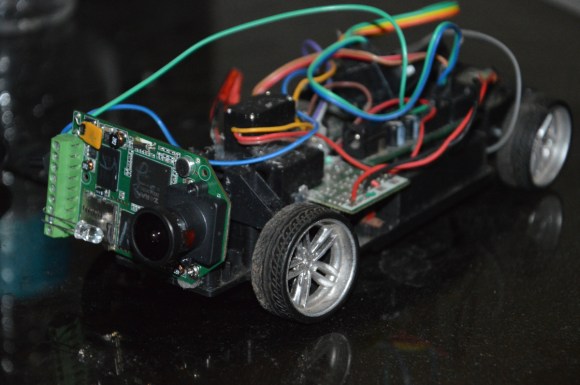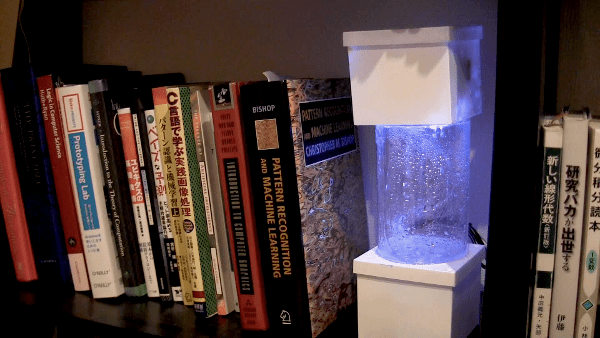
We hope [Kabir’s] driving skills are top-notch because the camera stuck to the front of this toy is a high-ticket item. It’s ironic, since the donor toy for this hacked RC car only cost about five bucks. It had been gathering dust in the dark reaches of his bedroom until he sat down and gave it a proper upgrade.
He started the project by getting rid of the stock battery and moving to a pair of Lithium Polymer cells. They give the vehicle more power and more than twice the running time between charges. A couple of springs were added to the suspension system for a smoother ride. Turning had been a problem since the original design offered no control over how far the wheels turn. You can just make out the body of the servo motor he rolled into the system to allow for more precise turning.
The most recent addition is the HackHD camera on the front of the vehicle. It records to an SD card rather than streaming the video in real-time. Check out the clip after the break to see the interesting perspective achieved by filming so low to the ground. The one thing we would add is a cage around that board which retails at around $165.
Continue reading “$5 Toy Car Upgraded To Record The Ride In HD”
















